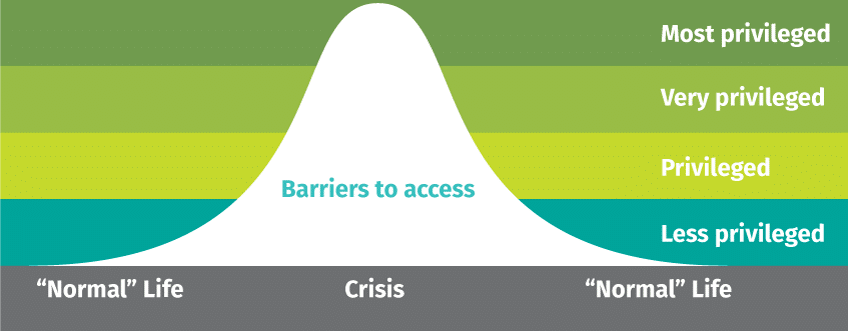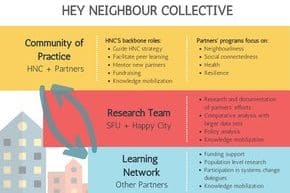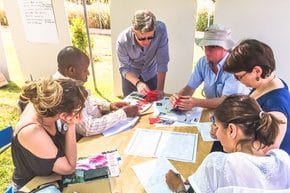
“None for anyone”: COVID-19’s impact on community engagement
In many communities across B.C., most public activities have been halted. These unprecedented times have led to equality in public participation—none for anyone.

In many communities across B.C., most public activities have been halted. These unprecedented times have led to equality in public participation—none for anyone.

Amidst health advisories, travel restrictions, cancelled events in the province and worldwide, BC Healthy Communities is working as an organization to respond.

In 2018, with support from a PlanH grant, the City of Vancouver piloted the Hey Neighbour! initiative to explore how resident-led leadership might create more socially-connected buildings.

Canadian communities are now more than ever expecting to be part of creating and evaluating public decisions.
In 2019 the Public Health Association of B.C. (PHABC) boasted its largest Summer School turnout to date, with nearly 200 people in attendance across the western Canadian board. The event, which was held July 4–5, brought together health care professionals to help introduce them to new concepts and themes surrounding public health. Comprised of keynote speakers, presentations and workshops that bring concepts into practice, Summer School equips attendees with learnings that they can practically apply in the public health workplace. The theme this year for the two-day event was Simplifying Complexity, Public Health Approaches and Practice in Complex Systems, which involved adaptive systems and how they can inform population-level intervention. Representatives from British Columbia, Alberta, Saskatchewan, Manitoba, and the Yukon were all remotely present during the presentations.
BC Healthy Communities’ planning team, together with Urban Matters, have netted a nomination for the Planning Institute of BC’s New Directions Award for their work on the Strathcona Regional District Housing Needs Assessment. The project, which wrapped last year, was deemed as innovative for its approaches to gathering qualitative data. These included community engagement techniques designed to reach members of the community from across the housing spectrum, particularly from those regularly accessing housing services, those experiencing homelessness, and those with mental health challenges and diverse abilities. This allowed for a report that highlighted not only necessary information on housing stock and tenure, but also systemic issues impacting accessibility and affordability across the region, including systemic racism, lack of food access and challenging transportation scenarios.